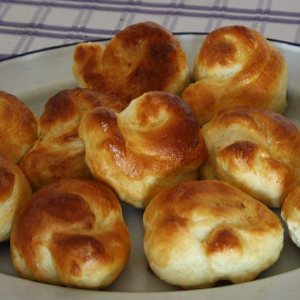We’re taking a culinary tour of the Czech Republic this week. Yesterday, we looked at the ancient bohemian nation’s favourite mains and discovered a world of unique takes on gravies and sauces. Today, we’ll survey their favourite breads and baked goods…
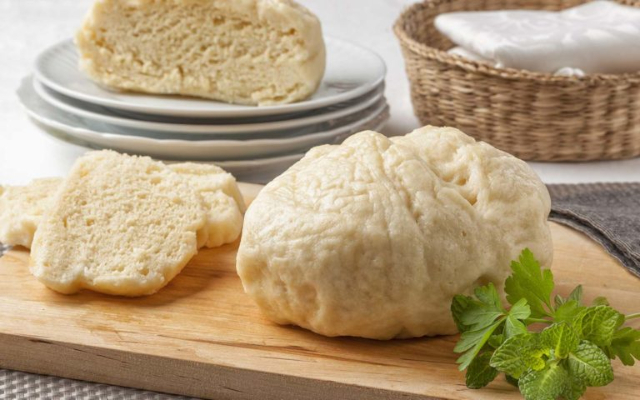 Knedliky: The Czechian Bread Dumpling. A cornerstone staple of the national diet.
Knedliky: The Czechian Bread Dumpling. A cornerstone staple of the national diet.
The Czechian national cookbook includes a number of brads borrowed from or influenced by other middle-Euroipean cuisines. One can point most prominently to the national stap0le Light Rye loaf. But we want to explore specifically Czechi9an breads. We hinted yesterday that the Czechs love their dumplings. Specifically, their national bread’ dumplings, the Knedliky. What better place to start today’s look at baked goods?
Houskové Knedliky: Bread Dumplings. Without a doubt, the backbone of Czechian cuisine. Everybody eats them at all meals. They’re a simple concoction of flour, bread cubes, yeast, eggs an salt. The ingredients are mixed with water then kneaded, like a simple conventional bread dough. Divided into equal parts each about the size of a baseball, they’re simply boiled or steamed. Knedliky are used as a side starch in place of potatoes, rice and noodles in a majority of signature Czechian dishes.
Chlupaté Knedliky: Potato Dumplings. Almost as popular as Bread Dumplings, these are much denser and less able to soak up sauces and juices. They’re made from mashed potatoes, flour, potato starch, eggs and salt and formed into a log a couple of inches / 5 cm thick before being simmered in gently boiling water. The eggs give these dumplings a distinctive golden colour.
Veka: Similar to a French Baguette. Made from a simple flour, yeast salt and water dough, the Veka is usually shorter and fatter than a baguette, with a golden brown top crust.
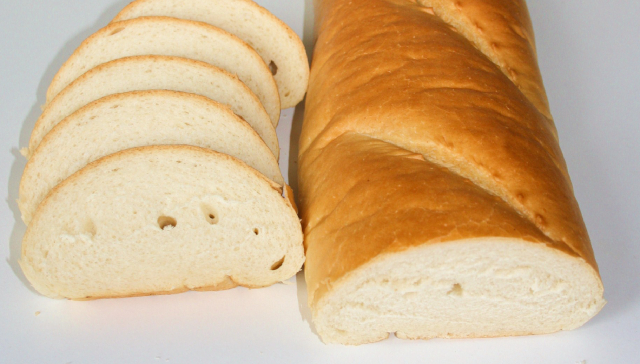
It’s the traditional bread for open-faced Chlebíčky sandwiches, where slices are topped with various condiments as a quick snack.
Karlovarský suchar. Czechian rusk. It’s a simple flour / yeast bread made with Karlovy Vary spring water, which is claimed to give it a unique flavour. The large pan-baked loaves are thinly sliced and toasted. There’s also a diet version, from which the sugar, egg yolks and salt are removed. It’s a favourite with butter or sweet spreads at tea time.
Houska: A Braided Bread Roll. It’s eaten daily all over Czechia and is sold in all supermarkets and bakeries. It’s a simple brioche recipe using only flour, water, eggs, yeast, and salt; a close cousin of Jewish Challah and Polish Chałka.
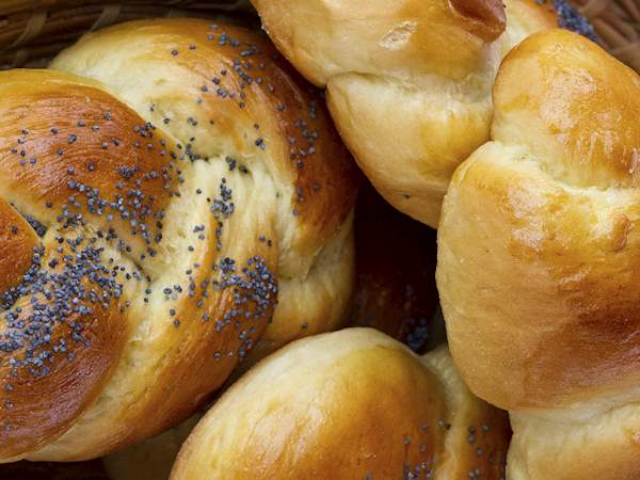
It’s traditionally topped with Poppy or Caraway seeds and coarse salt. Houska used in all ways you can think of using bread: plain, smeared with butter, topped with savoury or sweet spreads,toasted, French Toasted, cubed in Bread Pudding, and so on…
Jidáše or ‘Judas bun‘. An Easter favourite (see photo, top of page). The twisted round roll is supposed to symbolize the noose around Judas’ neck. It’s a special recipe calling for flour, butter, egg yolks, cream, sugar, honey, yeast, salt, lemon zest and nutmeg. After baking, they’re brushed with a honey, butter and lemon juice glaze. Best eaten hot, right out of the oven.
Vánočka: Traditional Christmas Bread. A brioche-style dough studded with raisins and almonds and flavoured with rum and lemon zest.
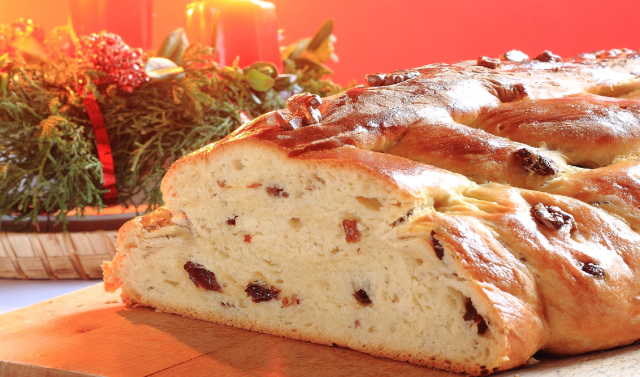
The freehand oval loaf is traditionally held to symbolize the baby Jesus lying in the manger, wrapped in his swaddling clothes.
And that’s just the tip of the breadberg!
Get Googling and explore the whole spectrum of Czechian breads. There’s something special for every holiday! Tomorrow we’ll start with dessert baked goods and segue to other sweets…
~ Maggie J.

